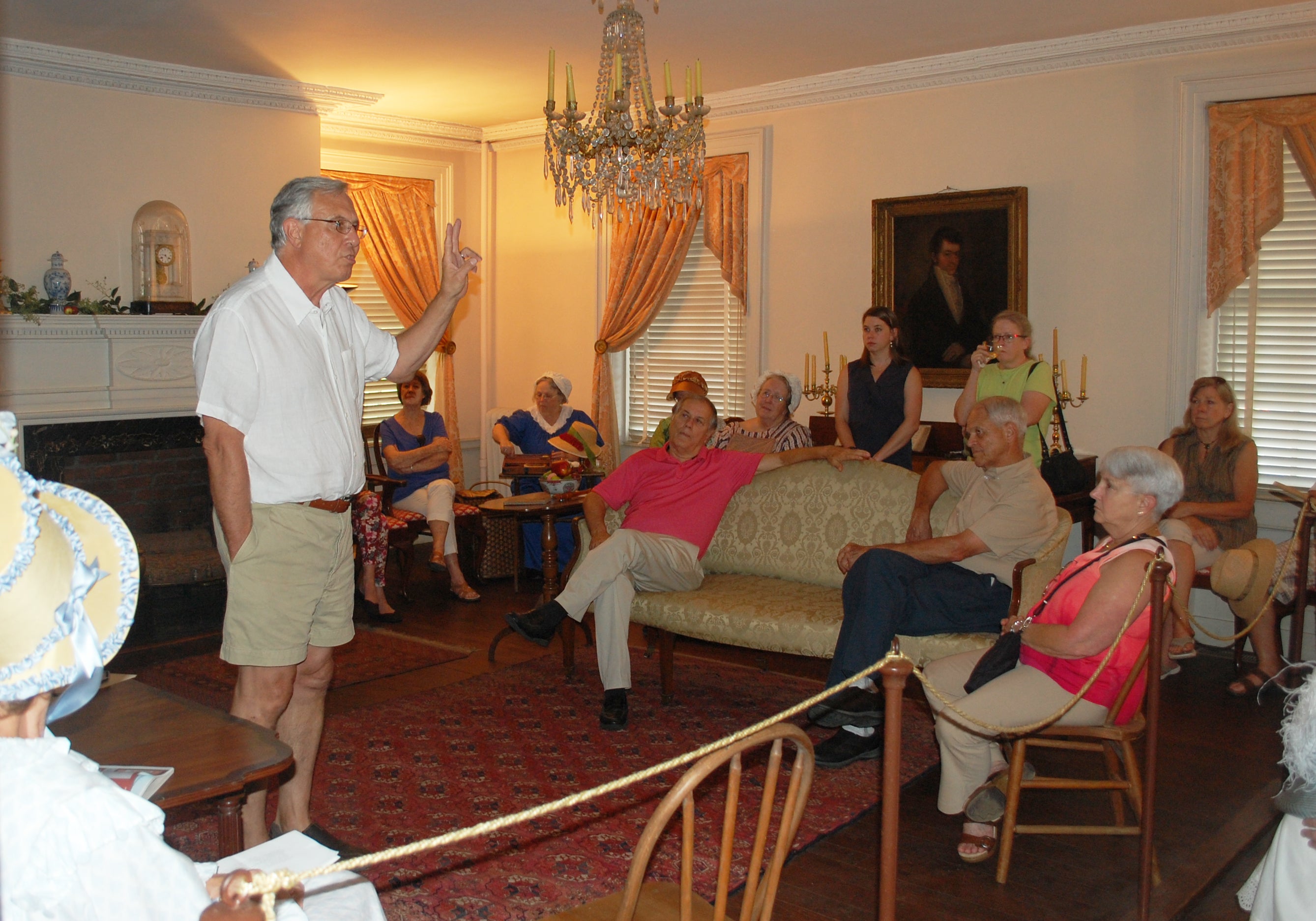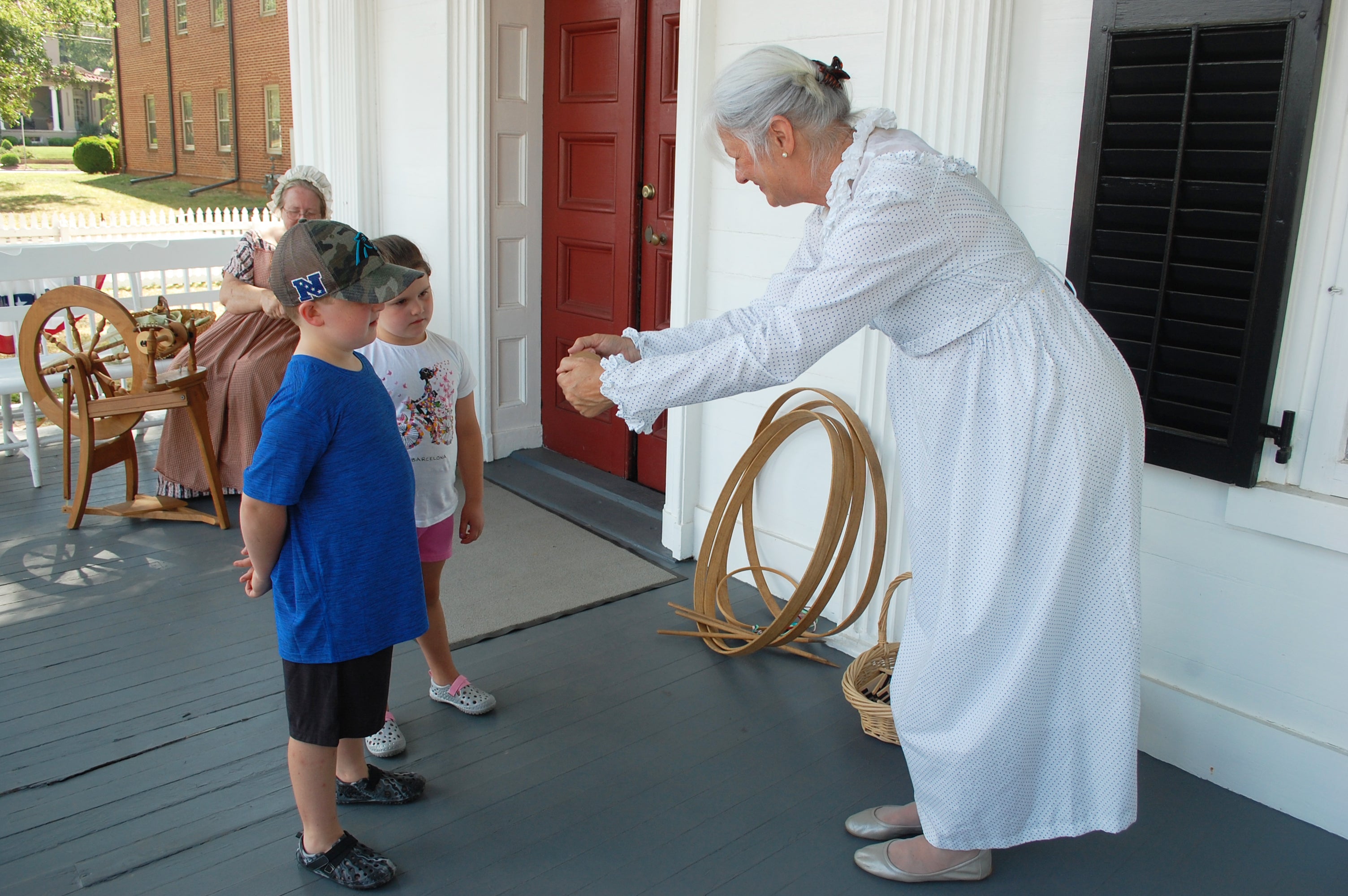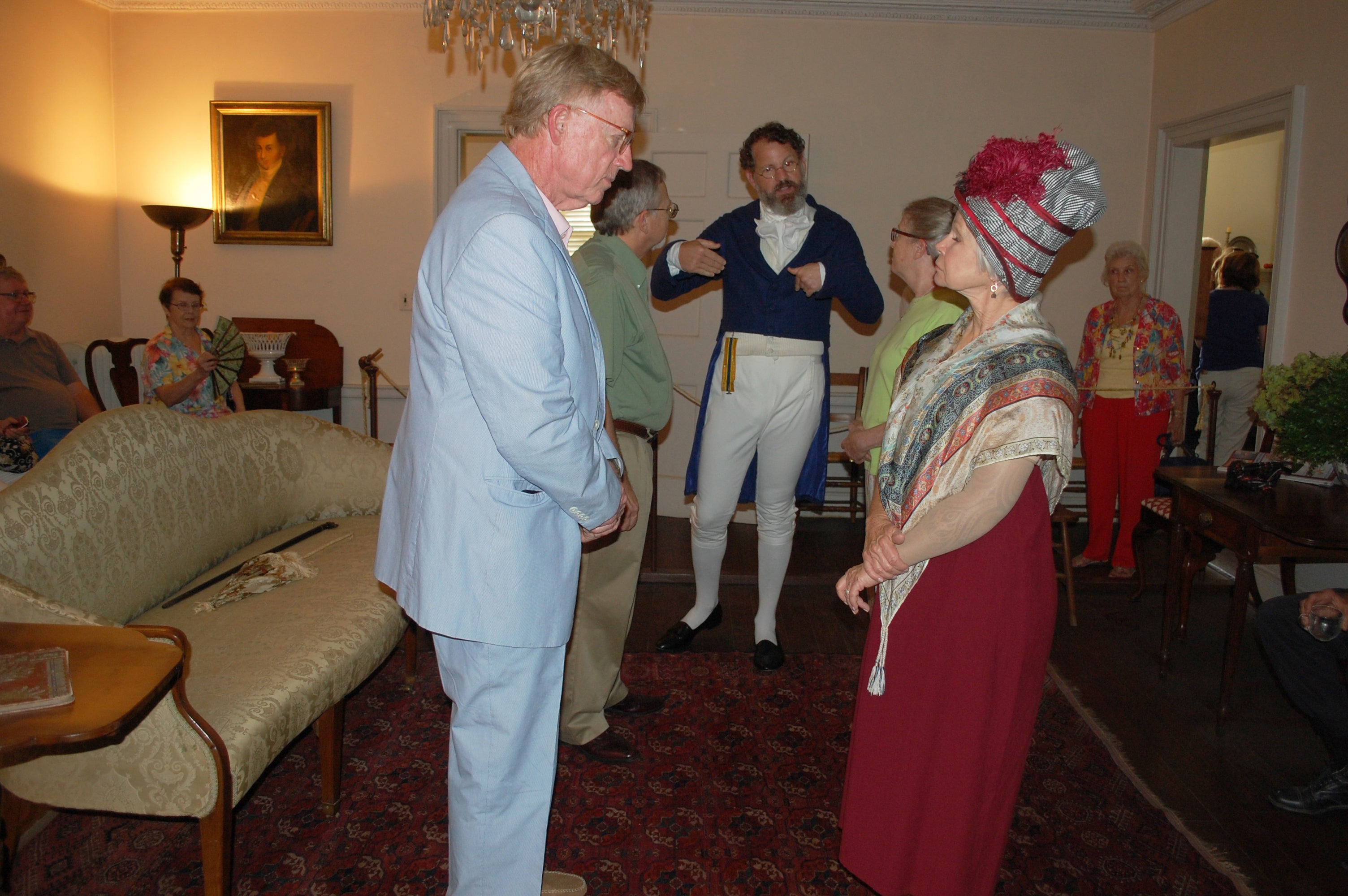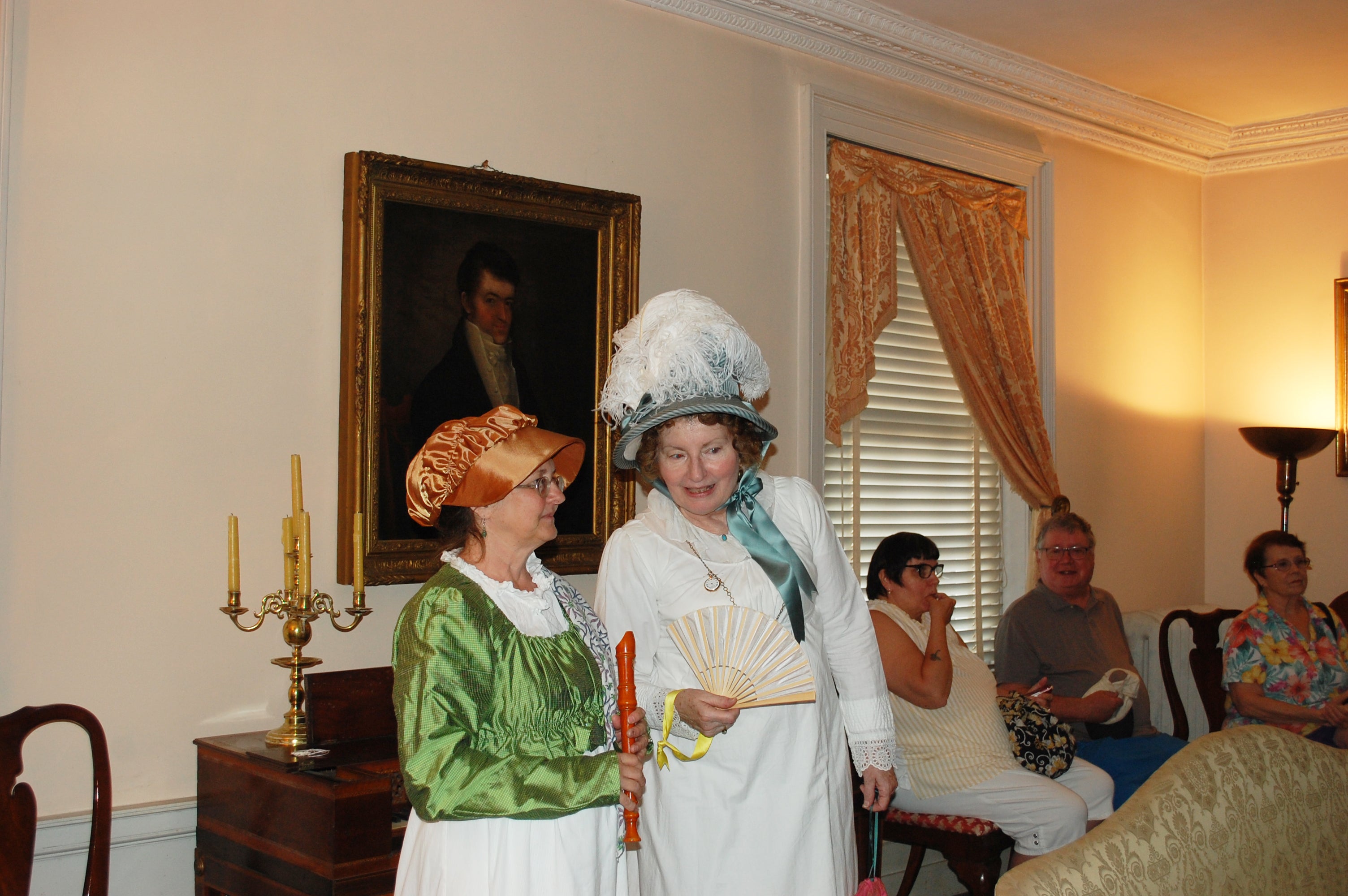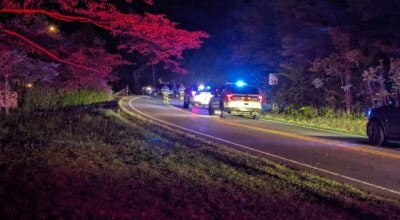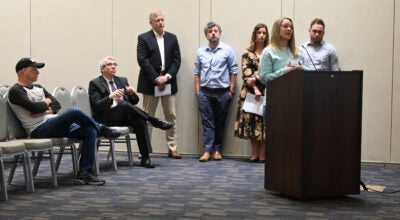200 years later: Utzman-Chambers House gives a Salisbury history lesson
Published 12:00 am Monday, August 12, 2019
By Liz Moomey
liz.moomey@salisburypost.com
SALISBURY — While kids played barrel hoop on the lawn, couples participated in a Regency dance and adults mingled over rosemary shortbread cookies, the Utzman-Chambers House was taken back to 200 years ago as the community celebrated its anniversary Sunday afternoon.
The home, on Jackson Street in downtown Salisbury, displayed artifacts, clothing and China from its history. Gary Freeze, a professor at Catawba College, spoke about one of the former occupants, James Martin, who bought the home in 1822 and left at Christmastime of 1835-36.
Freeze said he wanted the audience to consider a scenario in which Jane Austen visited the Utzman-Chambers House.
“Think about it. If she got lost and went to the wrong continent, would she have come to Salisbury? And the possibility is yes,” Freeze said.
She would have felt at home, he said.
In the parlor, Brian Davis, acting as a dance master, taught couples a Regency period dance. Davis said he became interested in the dance as a big fan of Jane Austen.
Davis said the dance was important because it was easy fun for anyone. It also gave courting couples an opportunity to get to know each other since it lasted 30 minutes on unchaperoned time. Families would typically hire a “dance master” to come into the home and teach the children how to dance. The better dancers were generally wealthier in that time.
On the front lawn, Theresa Pierce taught kids games such as button on a string, barrel hoops and buzz saw. Pierce said toys of the time were meant to be practice for real life. The games were to teach hand-eye coordination and writing.
“Play led to preparation for adulthood,” Pierce said.
Nancy Gaines was on the porch spinning yarn. She said depending on the family, the process of wool getting “from the sheep’s back to a person’s back” took six months to a year. The oldest daughter usually would be tasked as the spinster until she left home as a married woman.
Matthew Michael Brown, a volunteer at the Rowan Museum, excitedly listened to Freeze’s presentation on Martin. Brown said he was interested to hear that wheat was a significant part of Salisbury’s economy.
“I think in order for society to evolve and move forward, we have to know where we came from,” Brown said.
Brown said he is fascinated by Rowan County and Salisbury history, especially as someone who didn’t grow up in the city.
Martin is an important part of the city’s history, Freeze said.
“He was fundamentally one of the pillars of the community,” he said.
Gordon Miller enjoyed a dance with his wife, Helen. Miller said they try to go to many of the historic lectures in the city.
“Salisbury is rich, very rich in history,” Miler said. “We enjoy it.”
He said he was surprised during Freeze’s talk to hear how much Salisbury relied on slave labor.
“This was a town that had prosperous white people who were living in the midst of far more black people than our heritage has told us,” Freeze said. “Salisbury was the center of slavery, slave trade and people who were slave owners.”
Freeze said that at the time of the War of 1812, Salisbury had about 1,000 white residents and 600 to 800 black residents.
The home has been owned by the Rowan Museum since 1955. Betty Mickle, a board member, spoke about features of the home such as where kids wrote their names on the wall and a textile room with various wedding dresses. Mickle said preservationists are still learning and always appreciate those who hang on to artifacts and history.
There’s still some unanswered questions, such as why in 1835 Martin became overwhelmed with debt and moved to Mobile, Alabama, and what his family did with 3,000 acres on the Yadkin River when Martin was not a planter and owned slaves only for his home.


